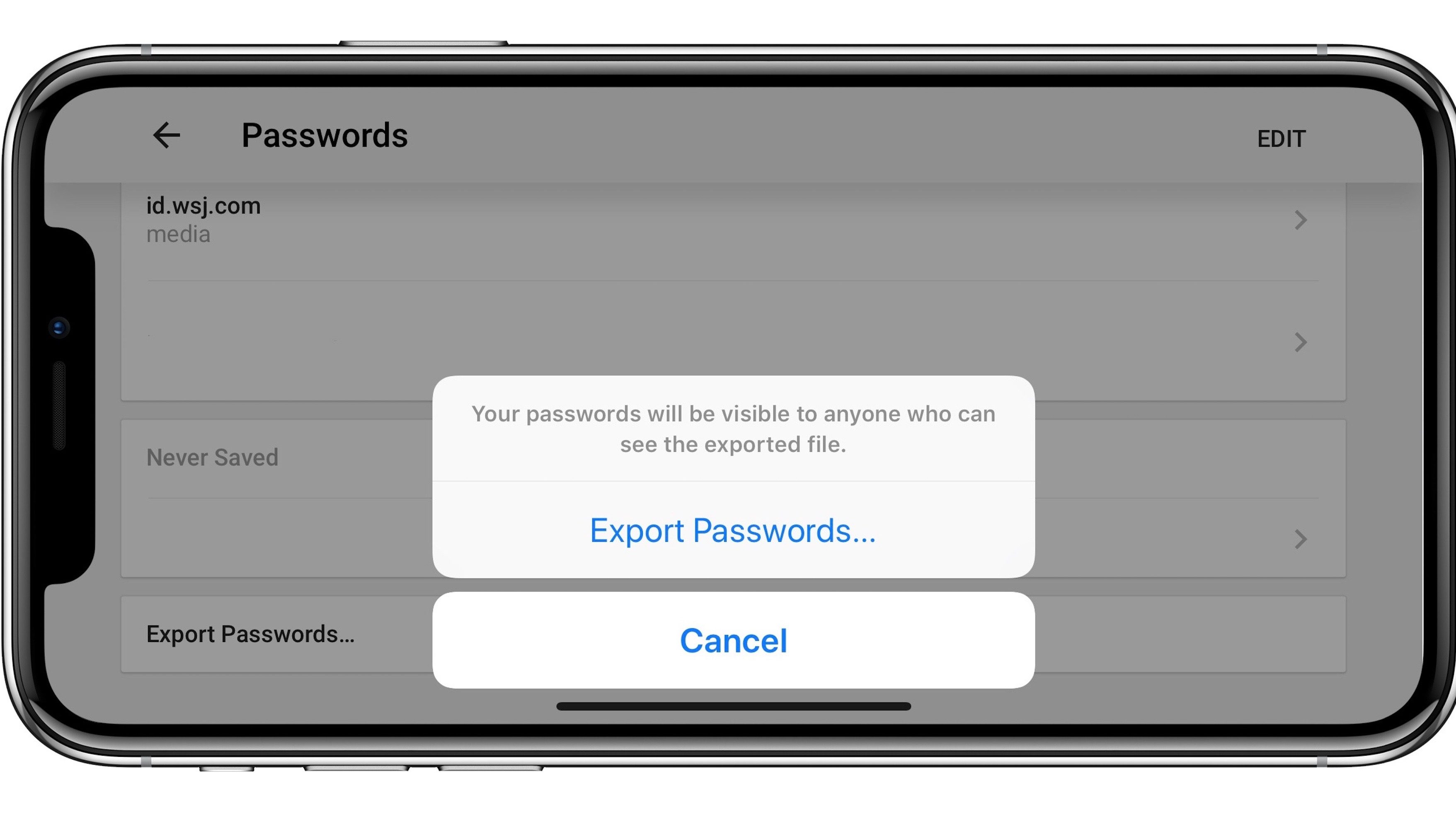
- EXPORT GOOGLE CHROME PASSWORDS TO DESKTOP INSTALL
- EXPORT GOOGLE CHROME PASSWORDS TO DESKTOP CODE
- EXPORT GOOGLE CHROME PASSWORDS TO DESKTOP PASSWORD
- EXPORT GOOGLE CHROME PASSWORDS TO DESKTOP FREE
- EXPORT GOOGLE CHROME PASSWORDS TO DESKTOP WINDOWS
NOTE: As indicated by oarfish, Chrome stopped using the OSX Keychain as of v.45. Īlternatively you can use the native OSX app Keychain Access (type the name in Spotlight). The Ruby script worked for me after I removed the line containing proto.gsub!('htps', 'https').
EXPORT GOOGLE CHROME PASSWORDS TO DESKTOP PASSWORD
The link also points to a ruby script for converting the generated password file to CSV. Var model = pm.savedPasswordsList_.dataModel Īnd yes, you'll need to click Allow All as many times as you have domains in your login keychain, unless you use an autoclicker script.
EXPORT GOOGLE CHROME PASSWORDS TO DESKTOP CODE
EXPORT GOOGLE CHROME PASSWORDS TO DESKTOP INSTALL
Required: Install latest Google Chrome (if latest stable google chrome does not work for you then try with the Chrome Canary).Other, potentially outdated solutions include a JS-based one for any OS, an OSX-only solution, and a Linux-only solution (confirmed to work in Chrome 68). The 'official' Google Chrome/Canary solution is the only one which is currently reliable.
EXPORT GOOGLE CHROME PASSWORDS TO DESKTOP FREE
If you still have any doubts or queries, feel free to reach out through the comments below.There are several solutions listed below, not all of them might work with the latest versions of Chrome. So, this was all about how you can import passwords from other browsers to Google Chrome as well as export Chrome passwords to other browsers.

All your previously saved usernames and passwords will be imported to Chrome within seconds.


/article-new/2018/04/2-export-passwords-chrome-800x507.jpg)
However, you can enable it manually through Chrome Flags using given steps. The option to import passwords isn’t natively accessible in Google Chrome. We’ll suggest deleting the file permanently once the work is over. So, make sure to store it safely on your device. Note that it isn’t locked or protected in any manner- the usernames and passwords are stored in plain text and can be read by anyone having access to the file.
EXPORT GOOGLE CHROME PASSWORDS TO DESKTOP WINDOWS
Enter your Windows password or fingerprint if prompted.ĥ] Select the desired place on the drive and save the file.Īll your passwords from Google Chrome will be saved in a CSV text file on the drive. 2] Click on Passwords under the Autofill section.ģ] Now, click three-dots in the Passwords menu, as shown in the screenshot below.Ĥ] Tap on Export Passwords.


 0 kommentar(er)
0 kommentar(er)
